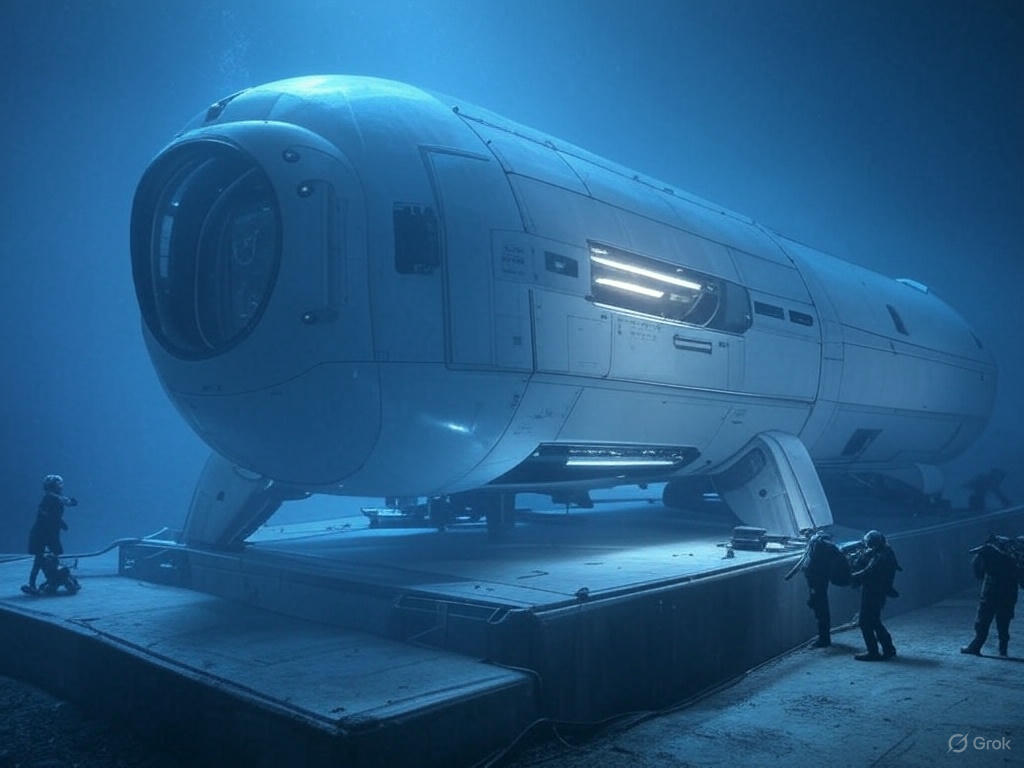China has announced plans to establish a deep-sea research base at 6,000 feet beneath the ocean floor, representing a significant advancement in underwater exploration technology. This project combines scientific research with potential military applications, raising questions about the future of deep-sea territory that remains largely ungoverned by international law.
Security
•
China's Bold Move: Claiming the Deep Ocean Frontier
By Junction News
- Global Technology Division
